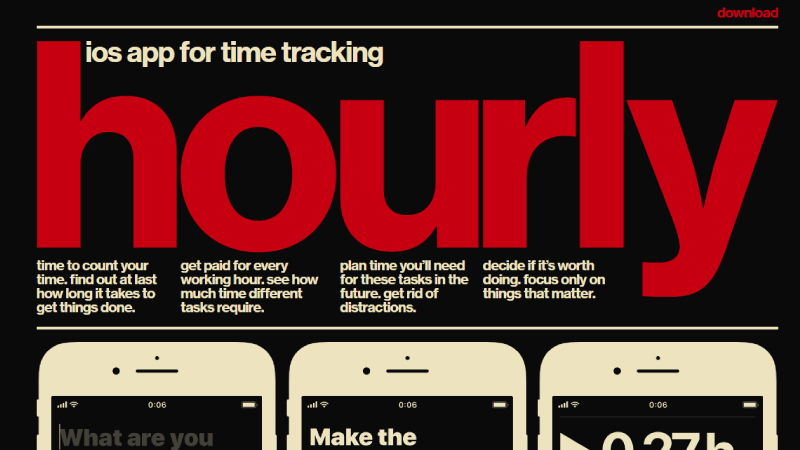The Hosting Insight
Your go-to source for the latest in web hosting news and tips.
Type Less, Say More: The Secret Life of Web Typography
Discover the hidden power of web typography and learn how to type less while conveying more! Unleash your design creativity today.
The Power of Font Choices: How Typography Influences User Experience
Typography plays a crucial role in shaping user experience on digital platforms. The choice of font can significantly affect readability, mood, and the overall perception of a brand. For instance, sans-serif fonts are often deemed modern and clean, making them suitable for tech-savvy audiences, while serif fonts are associated with tradition and reliability, appealing to more conservative users. Additionally, the contrast between font sizes, weights, and styles can guide users' attention and enhance their engagement with the content. A user-friendly layout not only invites users to read but also influences their willingness to stay longer on a site and explore its offerings.
Moreover, the emotional impact of typography cannot be underestimated. Fonts can evoke feelings and set expectations even before the content is read. For example, a playful font might convey a casual and friendly vibe, ideal for creative industries, while a sleek and elegant typeface can create a sense of professionalism and trustworthiness. To harness the full power of typography, consider following these key principles:
- Prioritize legibility by selecting appropriate font sizes and line spacing.
- Maintain consistency throughout your design to reinforce brand identity.
- Use contrast to enhance readability and direct focus to vital information.

Beyond Letters: The Emotional Impact of Typeface in Web Design
The choice of typeface in web design goes beyond mere aesthetics; it evokes emotions and shapes perceptions. Typography plays a crucial role in conveying a brand's identity and message, creating an immediate emotional connection with the audience. For example, a bold and modern typeface might elicit feelings of strength and innovation, while a script font can evoke elegance and creativity. By carefully selecting the right typeface, designers can guide user experience and influence how content is perceived, ultimately impacting user engagement and retention.
Beyond functionality, the emotional impact of typeface lies in its ability to enhance storytelling on the web. Different fonts can invoke nostalgia, warmth, or urgency, depending on their style and context. For instance, a clean sans-serif might be more effective in a tech-focused site, projecting clarity and precision, whereas a vintage serif could enhance a site dedicated to artisanal crafts. Understanding the psychology of typeface allows designers to craft visually compelling narratives that resonate with visitors, making every word count in the digital landscape.
What Makes Typography Effective? Key Principles for Designers
Typography is a vital aspect of design that greatly influences how messages are perceived and communicated. Effective typography enhances readability, establishes hierarchy, and creates a cohesive visual identity. Key principles such as contrast, alignment, and consistency play a crucial role in achieving these outcomes. For instance, using varying font weights can create contrast that draws attention to important information, while proper alignment ensures that text flows naturally and is easy to follow.
In addition to these principles, typographic choices like font selection can evoke specific emotions and reactions from the audience. When designers carefully consider the tone of their content—whether it be formal, playful, or modern—their typography should reflect this intention. Prioritizing legibility is also essential, as it affects user engagement and retention. By mastering these fundamental principles, designers can create effective typography that not only enhances aesthetic appeal but also serves the intended purpose of communication.